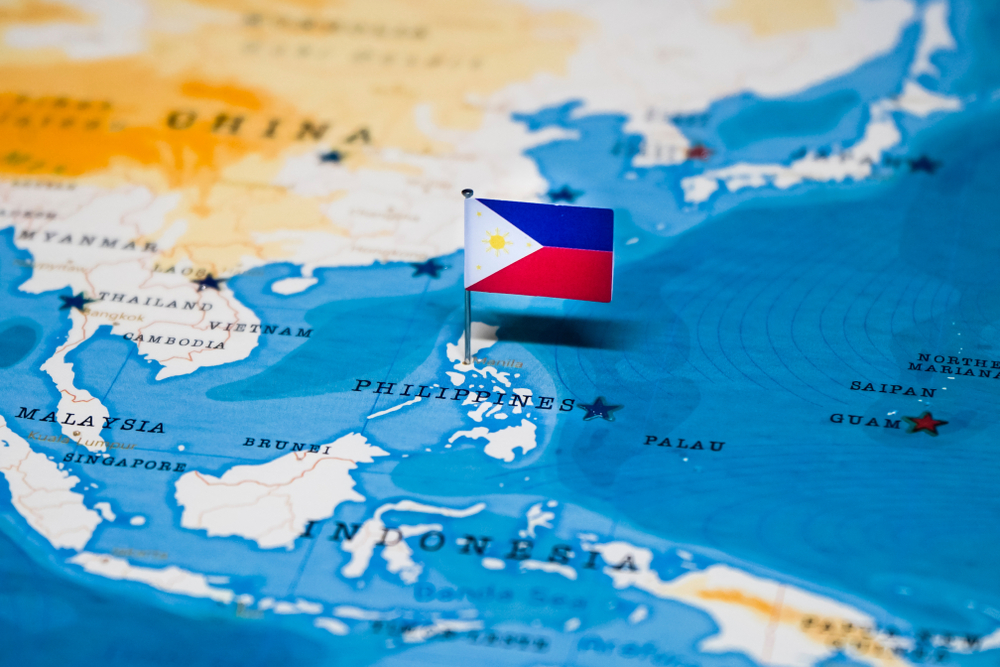
The world is packed with all types of new and ancient religions. In many cases, it can be difficult to label or quantify a particular movement. This is the case with religion in the Philippines, where a number of specific folk religions exist. Due to factors like colonialism, the islands comprising the Philippines have often had all of their religions lumped together under the broad term of Anitism. Essentially, Anitism refers to the collection of myths, practices, and religious beliefs belonging to the indigenous people of a specific land.
Though there are many differences between the various folk religions in the Philippines, there are also some unifying myths and stories. Look over these examples to get a better idea of the way people in this nation connect to higher powers.
Oral Tradition
As with a vast majority of ancient religious beliefs, the tales and myths of the Philippines were passed from generation to generation via oral tradition. This means that the stories were told without being written down, and for this reason, there were natural changes in the way the tales unfolded. In the 1600s, influence from Europe caused many of these stories to be written for the first time, creating a basis for future generations. Still, experts believe that there are countless stories still passed orally that have never been put to paper.
The Realms
A central tenet of religion in the Philippines is the idea of the existence of multiple realms. Similar to the Christian belief of heaven, Earth and hell, the folk religions of this nation center around the idea that the spirit travels to another realm upon death in the earthly realm. Interestingly, however, there are many disagreements over what realm exists where. While some groups believe that hell is found in the underworld, the way it is portrayed in Ancient Greek and modern Christian teachings, there are some groups that believe hell is found in the sky and heaven is underground.
Of course, there are also groups that have a very different perception of what the realms are. The Visayas, Palawan and Mindanao people of the Philippines often mention the existence of seven distinct realms. For example, one realm is called Tibugnon and is said to be a place of endless water, where faeries and mermaids rule over kingdoms. As with many religions around the world, the “upper” realms are said to be where the deities reside and watch over the happenings of the others.
Gods and Deities
A number of folk religions found around the Philippines also follow different beliefs when it comes to gods and deities. A large number of the religions believe in a pantheon of gods, with one supreme god ruling over the lesser deities and humankind. This figure is typically all-knowing and is very similar to the idea of God in Christian beliefs and Allah in Islam. Still, some groups have deities who are equally important, such as Mangechay, a supreme goddess who the Kapampangan people believe wove the sky into existence.
Heroic Deeds
Most mythologies involve not just stories of deities but also mortal men and women who accomplished great feats. While every ethnic group around the Philippines has unique heroes in its tales, some have become quite renowned around the nation. In Subanen myths, for example, the hero Sondayo was said to have the power to make people fall asleep and traveled with a magic scarf that allowed him to ride lightning. The story of Sondayo comes up frequently in Subanen rituals.
Religion in the Philippines is varied, but similarities between the various folk religions can be found. Learn more about the specifics, and discover the array of interesting belief systems that exist around this area.

